A great set of photos Ben . They tell us a lot about the Transit service over the Queensboro Bridge and the Brooklyn Bridge over the years. Your first Photo is likely late 1944 early 1945. The BMT's train shed at Park Row has been dismantled and the façade of the IRT El spur to City Hall has yet to be modified into its final configuration. It was sort of squared off and what is interesting is that it was done for the upper level as well, even though second avenue trains which used the upper level was discontinued in 1942. BMT service over the Brooklyn Bridge ended in March 1944.
The second photo shows the BMT Park Row train shed at its greatest extent as it did cross over Park Row. There were actually two sets of platforms in the train shed one in front of the other too handle all the Brooklyn El services which crossed the Bridge prior to the 4th ave subway and the Nassau loop.
The third photo shows the BMT train shed cut back.
The fourth Photo shows us the Queensboro Bridge when it first opened or just before. The trackways are in place for the second ave El even though the tracks are yet to be installed and the two level BMT-IRT El station yet to be built. There are trolley tracks from two different companies. You can see a two rail system and next to it , the center conduit system as used bu the third avenue and other manhattan companies.
The next two photos show us the second Ave El on the Manhattan side. These are MUDC cars we see and notice the jog in the track Sometime after the El was installed on the Bridge, There was a track realignment to the North side to allow the creation of a roadway.
You can see that roadway in the last photo next to the El Tracks. A train is crossing to Queens made up of gate cars.
The second ave El went to Astoria and Flushing in queens. Gate cars and MUDC's were used. The Line using the Steinway tunnels which we know today as the Number seven also served Astoria and Flushing. In the 30's and 40s in the prewar era, this line would have used LowV's and the small fleet of Worlds fair cars .
The BMT service was from the North Platform sets now gone. Standard, Triplexes and R-1s operated into the station from the 60th street tunnel. At Queensboro plaza, riders changed to gate cars and later the Q car trains to ride to Astoria and Flushing. BMT operations were in a round robin style, ie The Plaza to Astoria, back to the plaza, to Flushing, back to the plaza and repeating the cycle to Astoria . There was a very complex system of flyovers at the east end of the station to allow all these moves. There was also a flyover or maybe better called a duckunder which allowed the BMT subway trains to access a tail track to lay up and change ends. The tail track was on the south side of the El aas it crossed over Sunnyside yards ending just west of the 33rd street station. You can still see the steel trackway as you ride east on todays number 7 train.






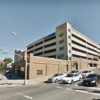
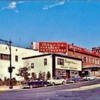

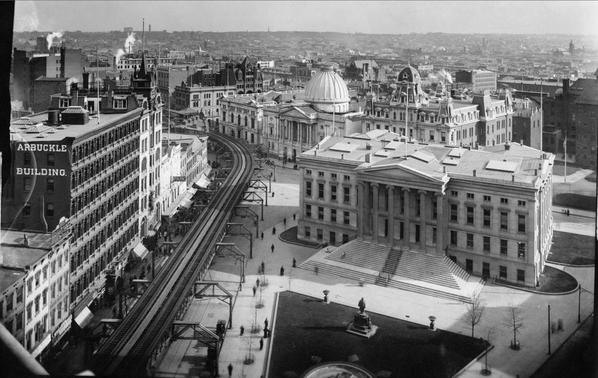
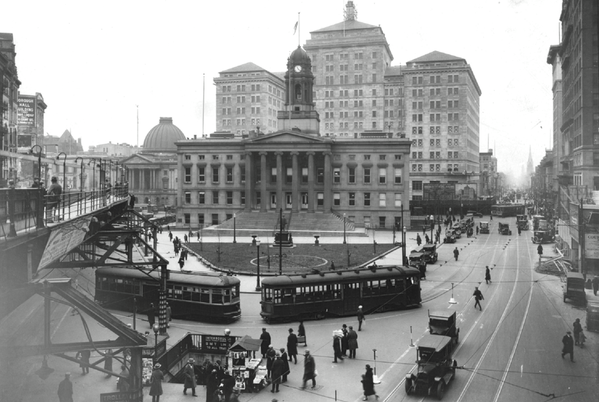

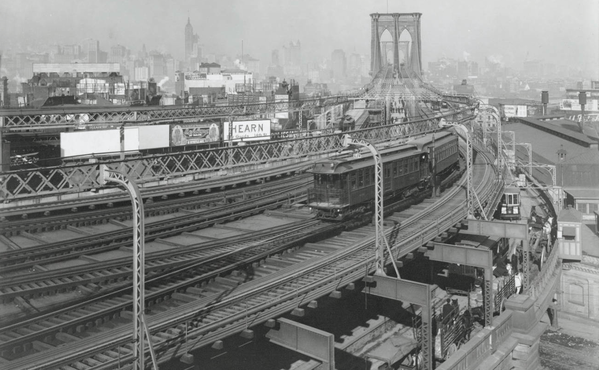
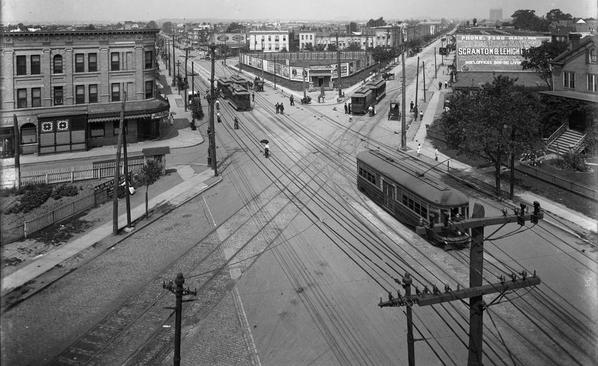
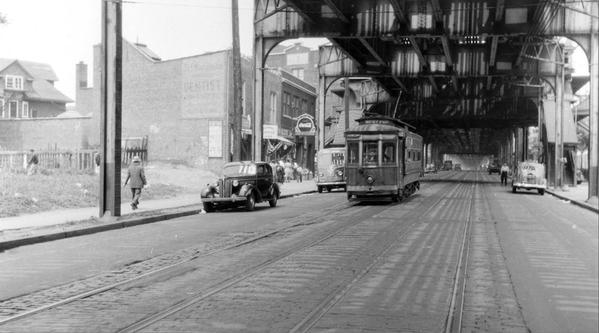

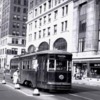

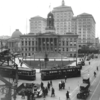



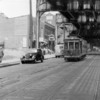

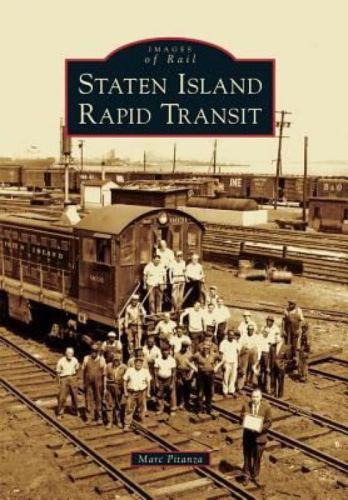

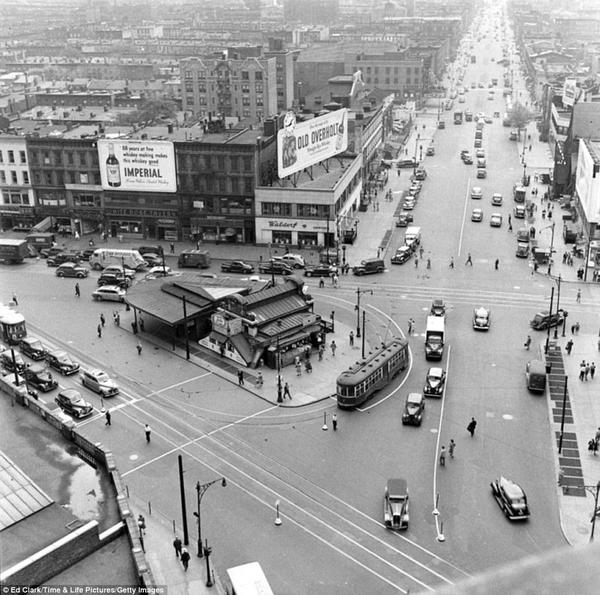
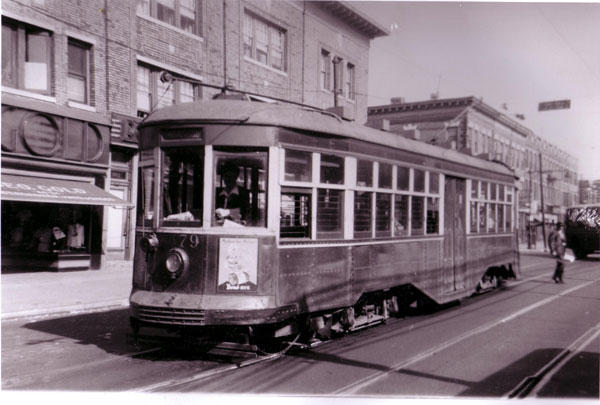
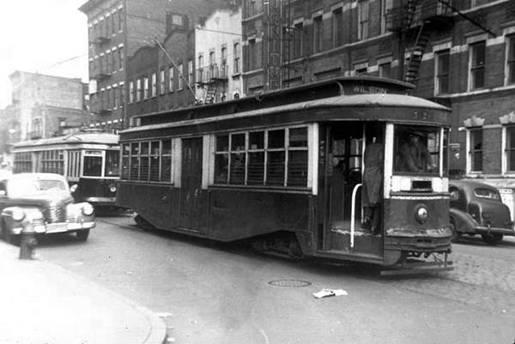
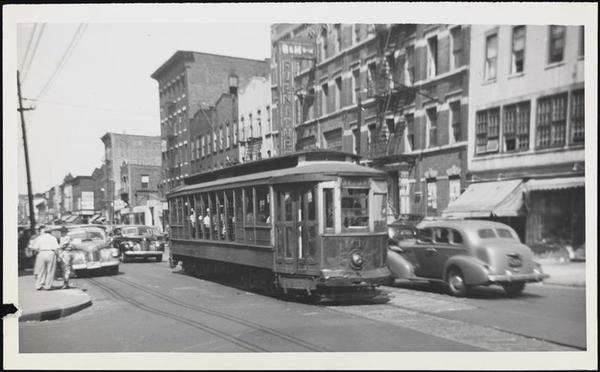

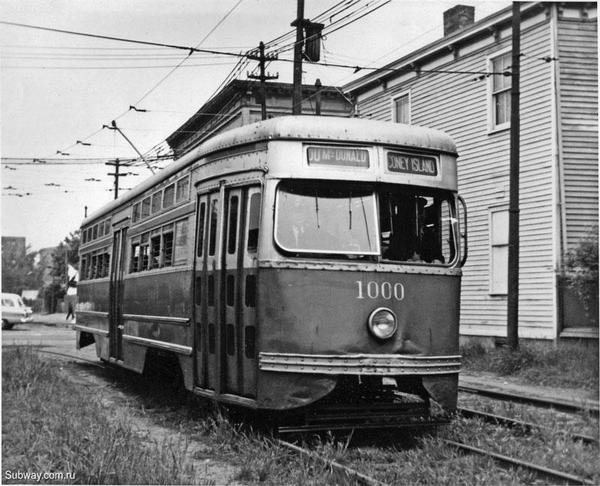
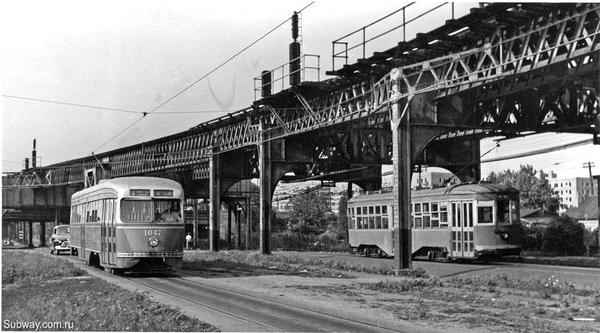
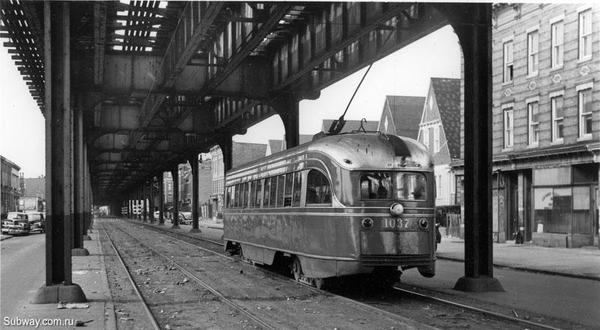
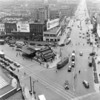

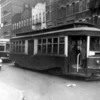

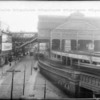


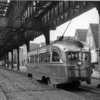



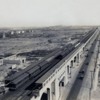
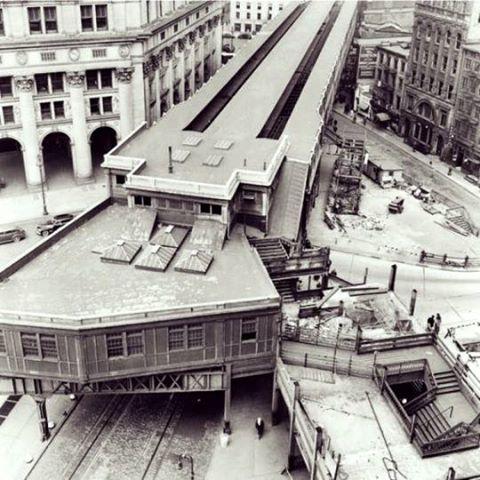
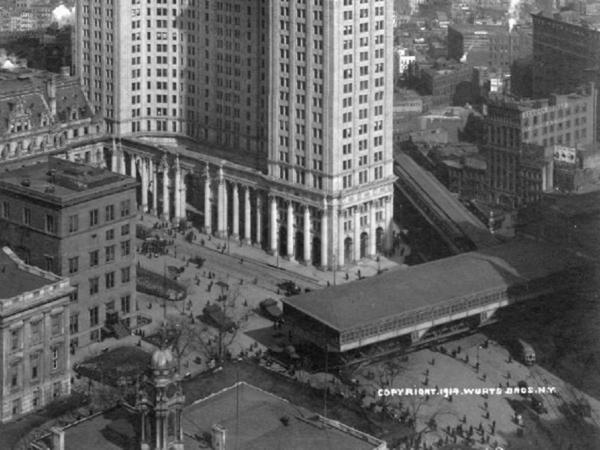
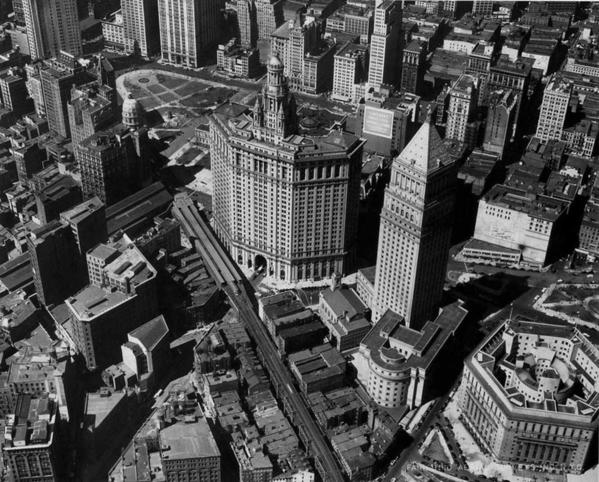
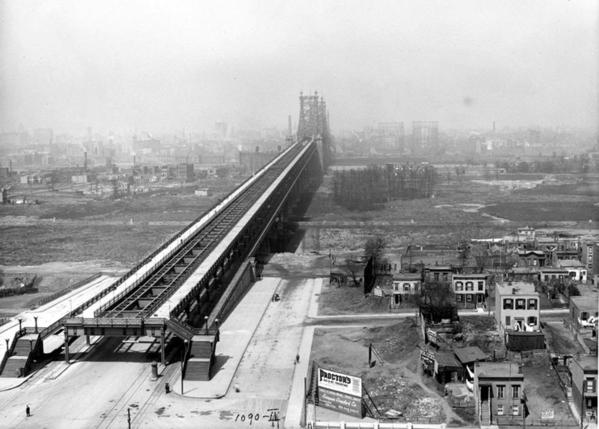
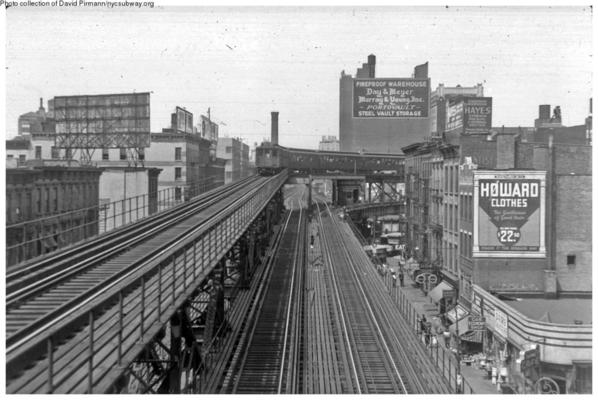

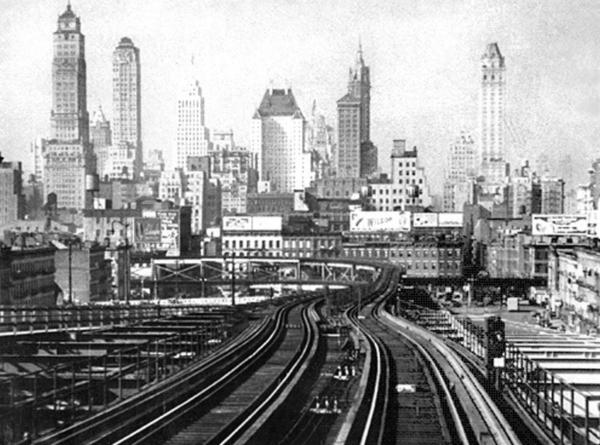

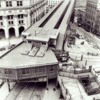
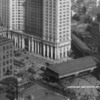

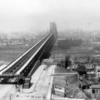
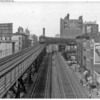

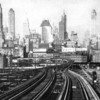
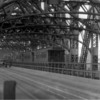
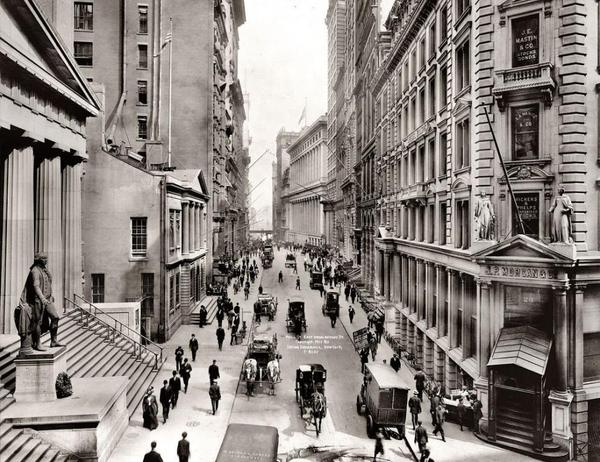
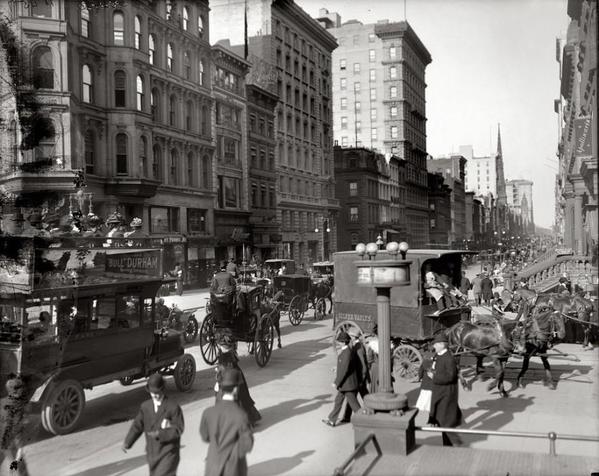
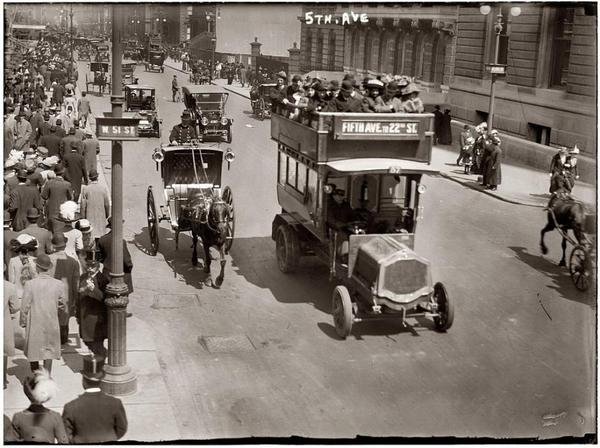
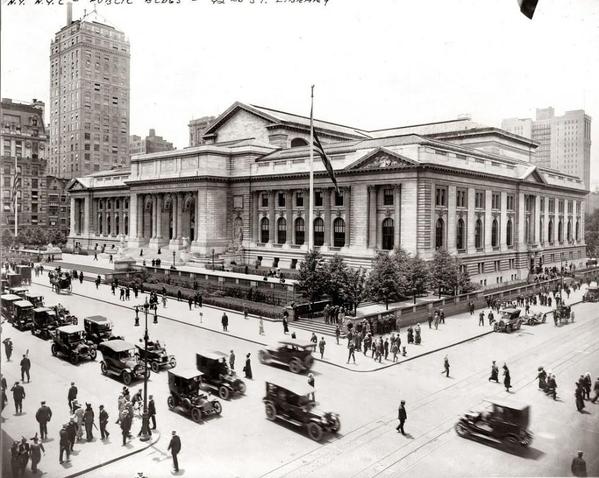
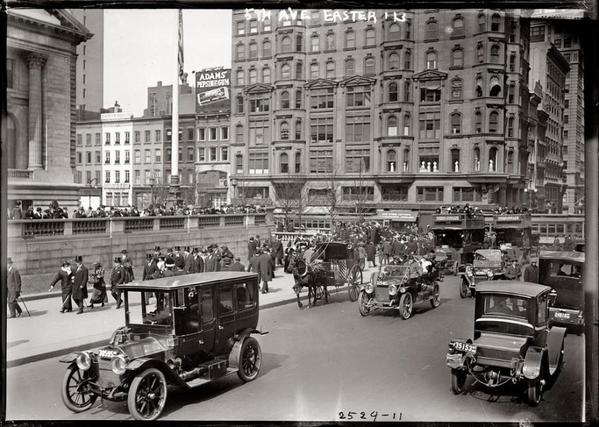
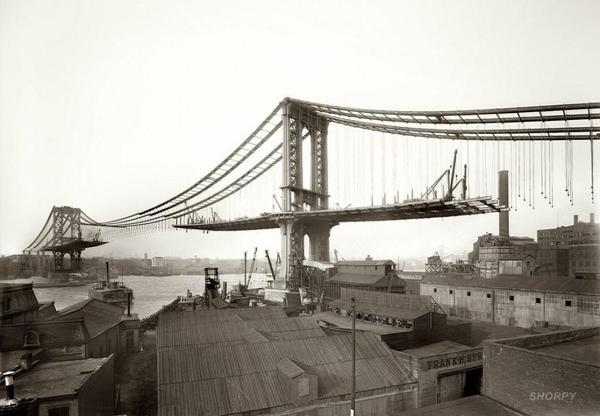
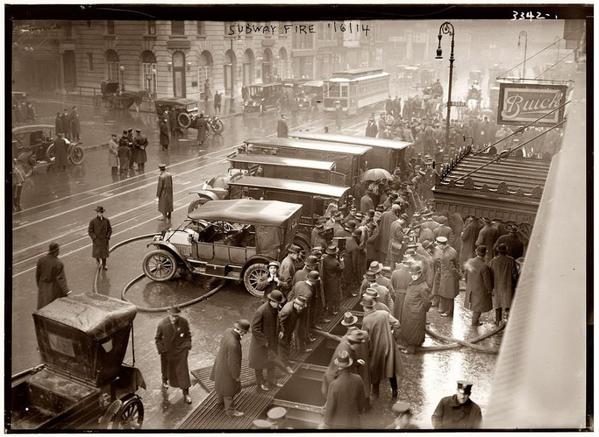
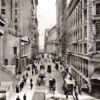

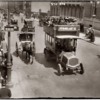
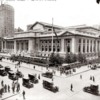
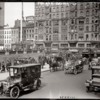
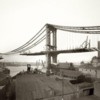

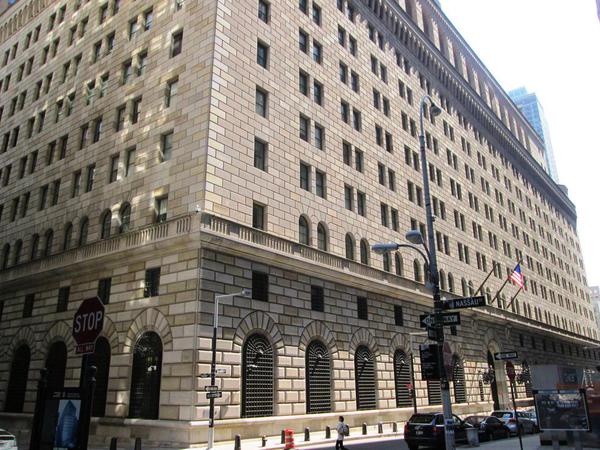

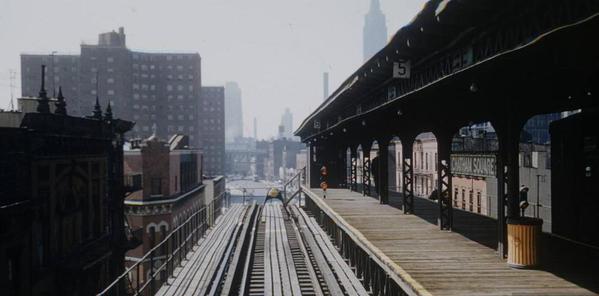
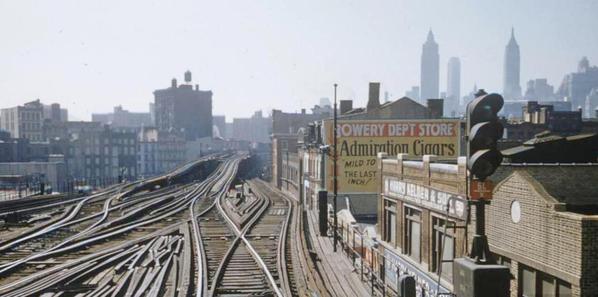
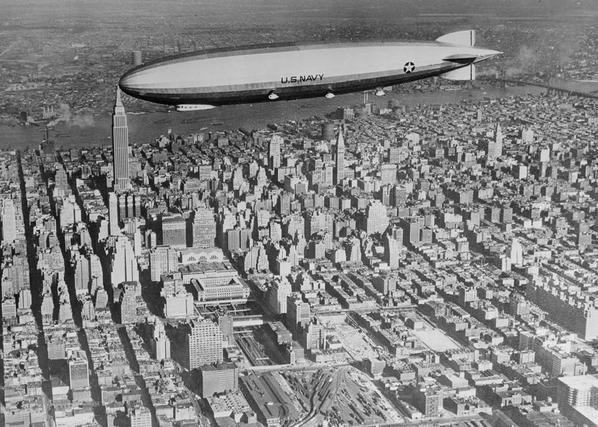
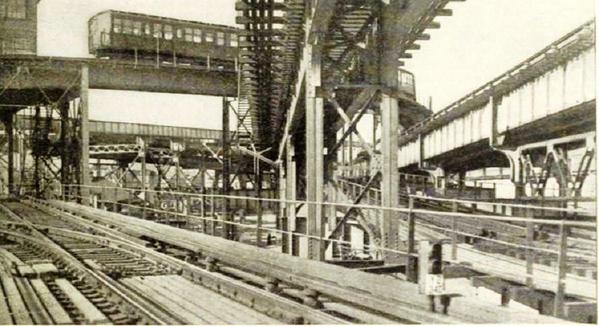
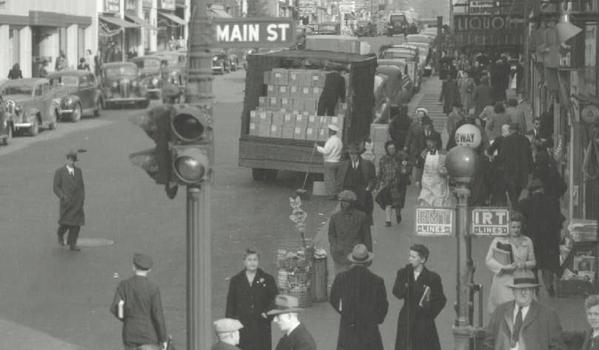
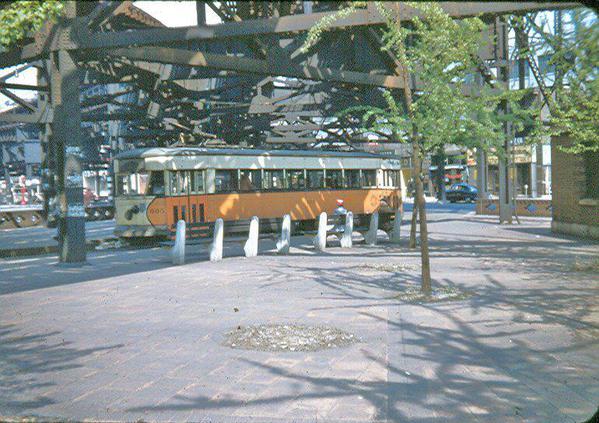







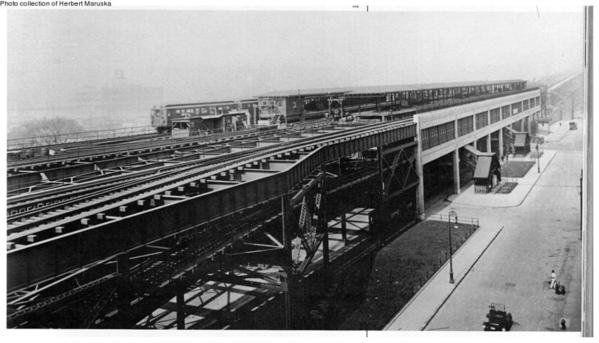
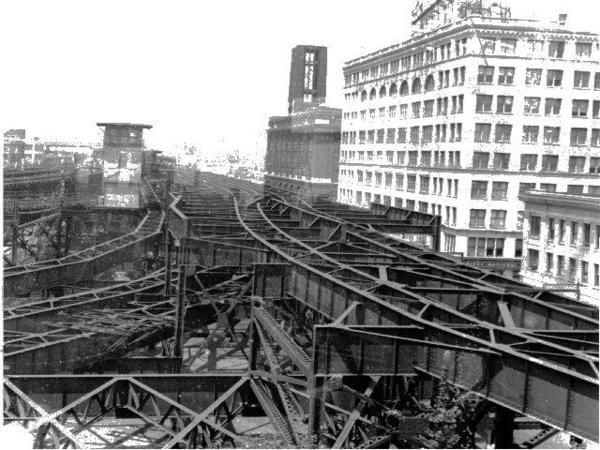




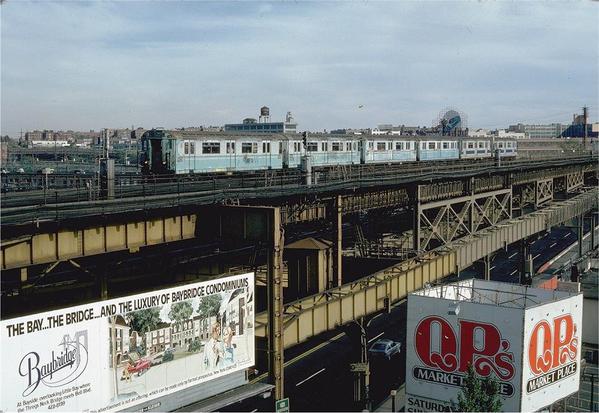
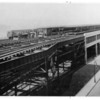


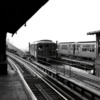
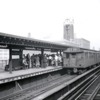
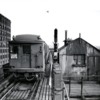



![1 70 Yogi_YooHoo[1] 1 70 Yogi_YooHoo[1]](https://ogrforum.ogaugerr.com/fileSendAction/fcType/0/fcOid/15790232512581590/filePointer/44369987522586307/fodoid/44369987522586284/imageType/MEDIUM/inlineImage/true/1%252070%2520Yogi_YooHoo%255B1%255D.jpg)
![1 70 Yogi_YooHoo[1] 1 70 Yogi_YooHoo[1]](https://ogrforum.ogaugerr.com/fileSendAction/fcType/0/fcOid/15790232512581590/filePointer/44369987522586307/fodoid/44369987522586284/imageType/SQUARE_THUMBNAIL/inlineImage/true/1%2070%20Yogi_YooHoo%5B1%5D.jpg)
